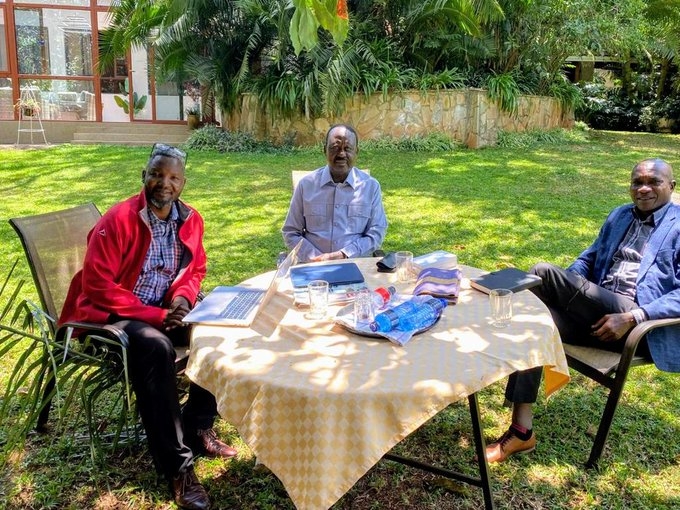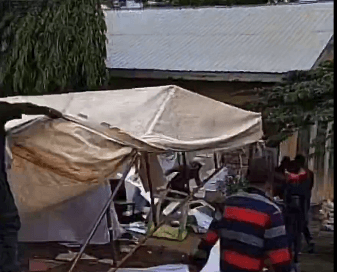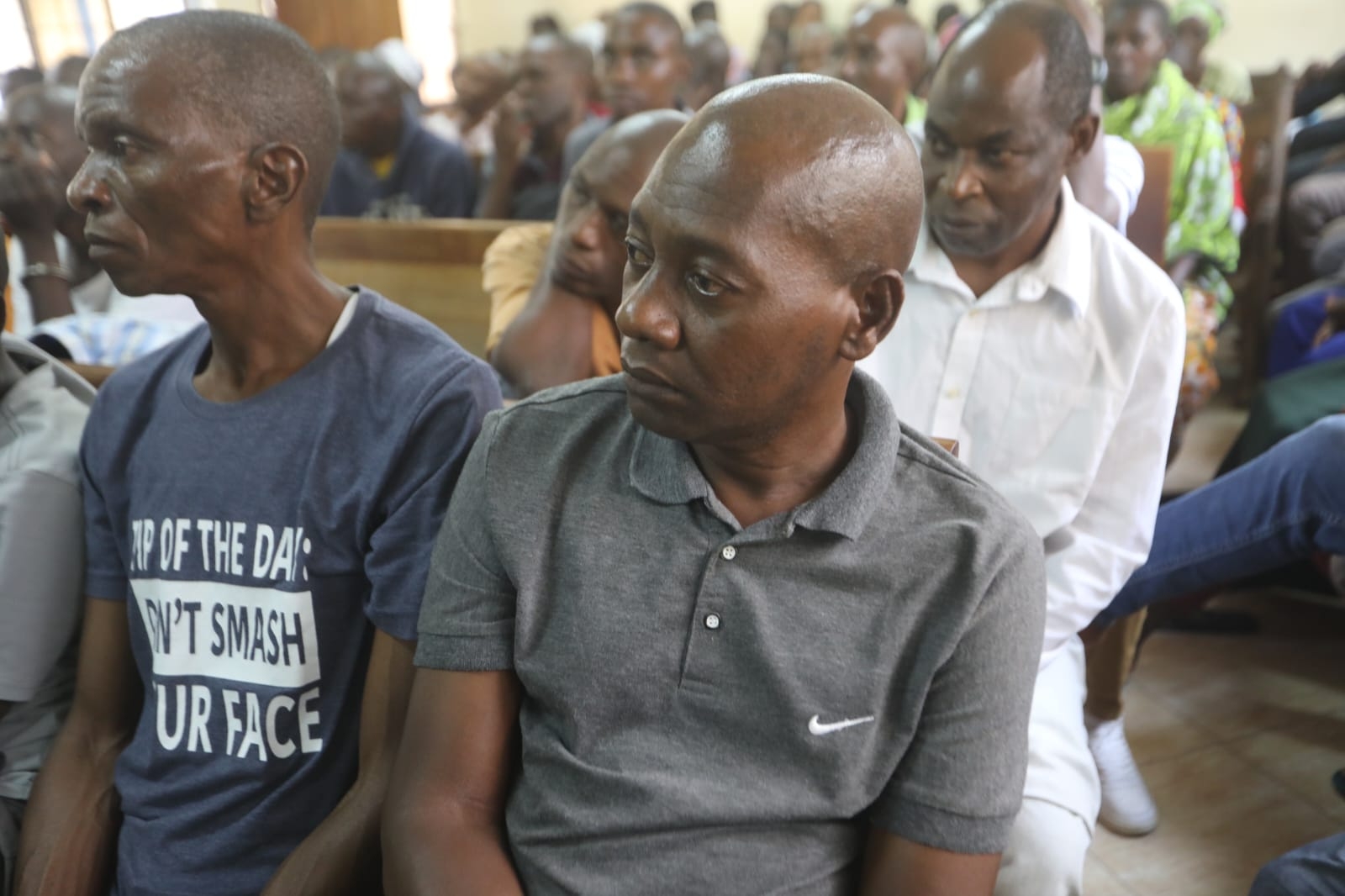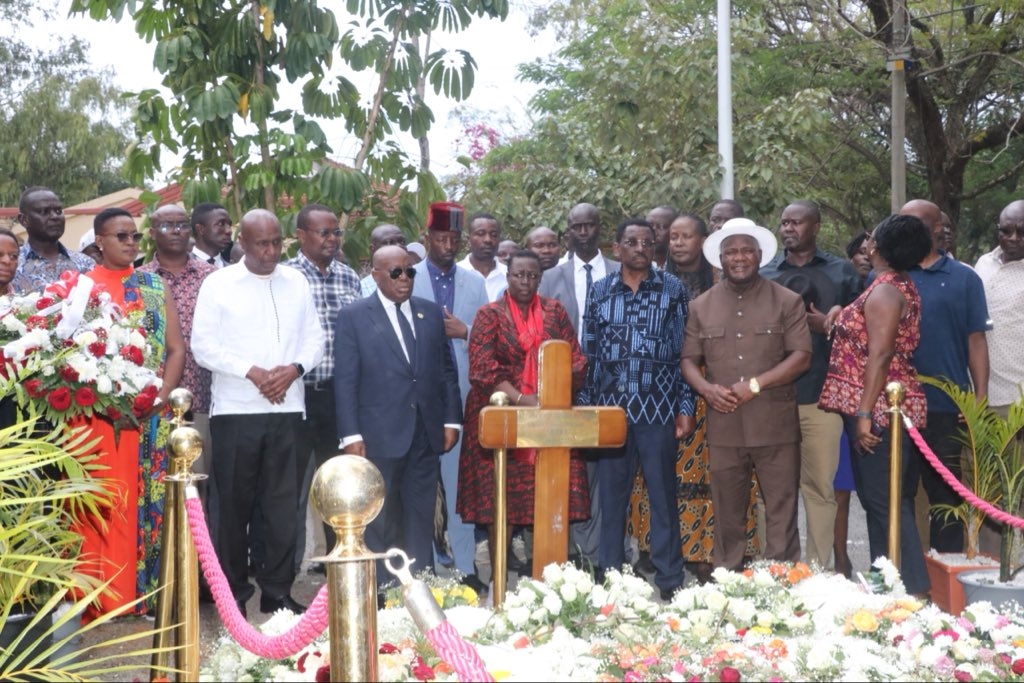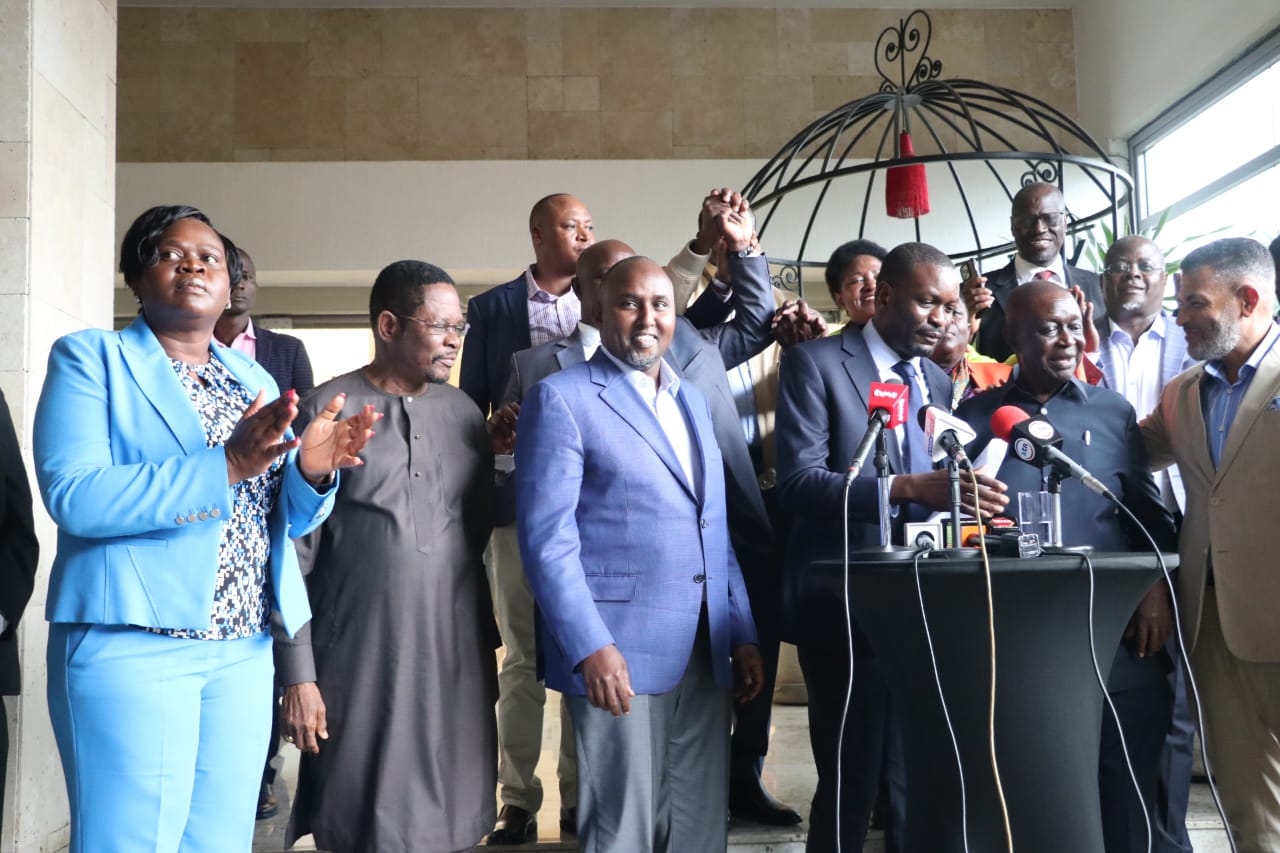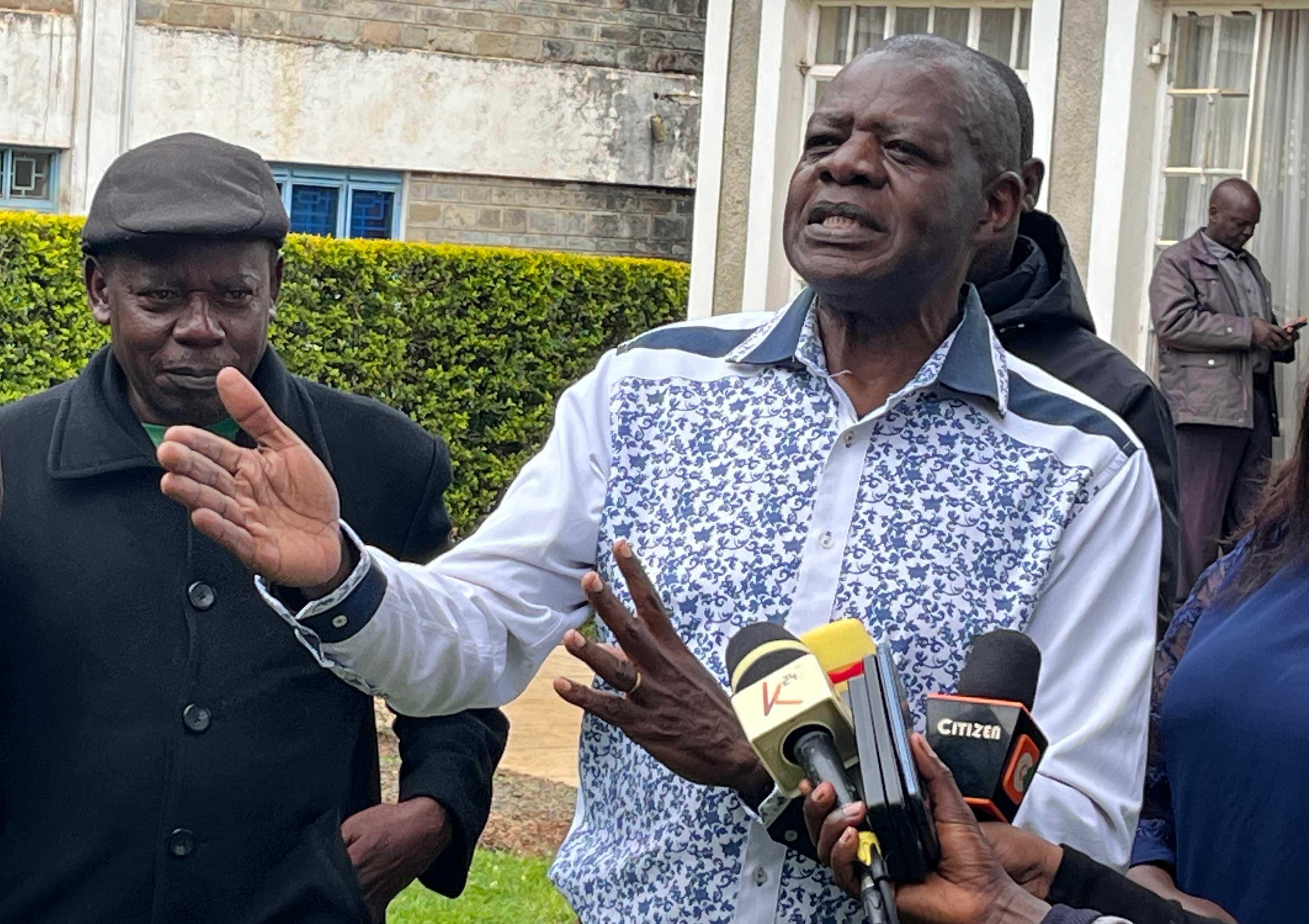The National Development Plan, Vision 2030 Strategy targets the provision of 200,000 housing units annually for all income levels.
With only 50,000 new housing units supplied every year, Kenya faces a shortage of about 2 million housing units.
Most of the housing units are by the private sector with 80 per cent targeting the high-end market with only 2 per cent for the middle-income populations.
Three-quarters of the young population is estimated at 45 million, under 35 years of age.
Coupled with rapid urbanization, at an annual rate of 4.3% in 2021, it has put pressure on the need for housing, infrastructure, and related amenities with 61% of urban households living in slums.
This deficit is rising due to constraints on both the demand and supply side worsened by an urbanization rate of 4.4%, equivalent to 0.5 million new city dwellers every year.
Due to housing shortages, vulnerable groups like women, children, the elderly, and persons with disabilities are most at risk.
The Kenya Kwanza Government has therefore made the Affordable Housing Programme (AHP) the centrepiece of all efforts geared toward providing decent, safe, and affordable housing for Kenyans.
In the past few years, the State Department of Housing and Urban Development and its implementing agencies have overseen or participated in several projects such as Pangani, Nakuru Bondeni, Moke Gardens and Buxton point housing projects.
These projects were done in collaboration with county governments and private sector entities.
AHP is not just about four walls and a roof, it is about employment creation.
From jua kali artisans fabricating doors and windows to mama mandazi na chai, the construction site is a job and wealth creation facility like no other.
The economic impact of the Programme is expected to raise the GDP from 7 per cent to 14 per cent. It is envisaged that every 1 US dollar invested into the sector will add between 1.5 and 3 US dollars to the economy.
The nature of housing and construction that the AHP will be engaged in will require necessary frameworks providing sufficient exploration of value add-ons in the manufacturing and financing sectors.
Resolving existing huddles in these sectors would create an environment for the development, completion, and occupation of housing projects nationwide.
Considerations into the reduction of construction costs and employment of global best practices are foremost in achieving sustainable progress in affordable housing.
Key steps have been taken to reduce construction costs including exemption of VAT on importation and local purchase of goods for the construction of houses under the affordable housing scheme.
Developers will also pay a lower corporate tax of 15% for construction of above 100 units. We, therefore, expect heightened construction activity that would spur the informal sector – the Jua kali industry.
The government’s housing agenda has helped in formalizing the informal sector to create capacity for partnerships and expansion.
Ring-fencing strategies have been established to ensure that the Jua kali sector is able to supply inputs to the affordable housing program.
One such instance is the corporatization of Ngong road, Kamukunji and Kariobangi Jua Kali associations to form NgoKamKa.
As a result, the newly formed corporation amassed a unified membership of 10,000 members. This allowed the Jua kali associations to supply essential building materials and tools.
These tools include steel wheelbarrows, trowels, chisels, hammers, rakes, pangas, marking pegs, box gutters, and assorted nails among other essential materials.
Alongside housing projects, access to social amenities, convenient commutes and services close to residential areas is highly considered in the programme – it will improve quality of life and create sustainable communities.
Developments should have schools, hospitals, playgrounds, markets, and transport corridors close to where people will live.
These amenities create high demand for materials and tools to be used in the construction process.
The Jua Kali sector has been linked to MSMEs as suppliers of these much-needed construction inputs such as industrial building supplies, doors, and windows.
The Jua kali sector and MSMEs have been integrated with TVET institutions across 28 counties.
149 of these institutions can help automate and mechanize Jua kali-related trades. These efforts broaden the informal sector’s capacity to participate in the rollout of the affordable housing programme.
The informal sector would highly benefit from the housing agenda through their participation as supply chain participants in the auxiliary sectors and thus contribute towards the projected transformative economic development.
Hence, active engagement of the sector as stakeholders in the AHP will enhance and bolster the realization of the overall goal.
Charles Hinga is the Principal Secretary in the State Department for Housing and Urban Development


